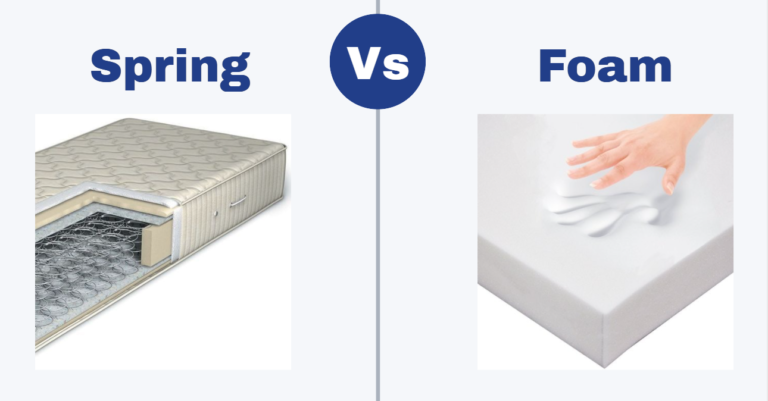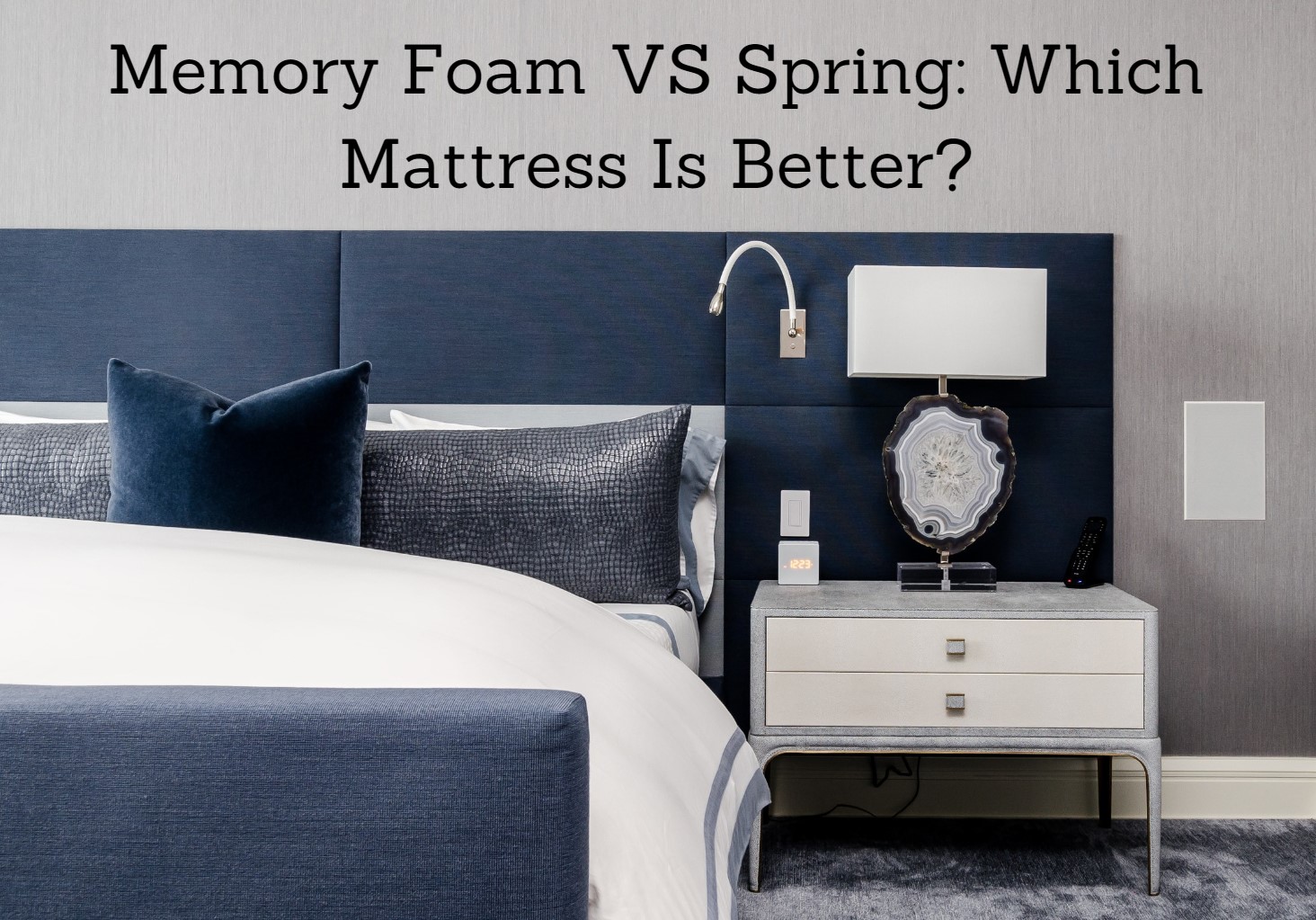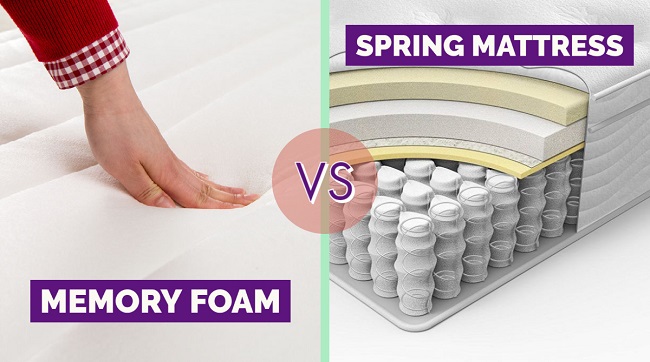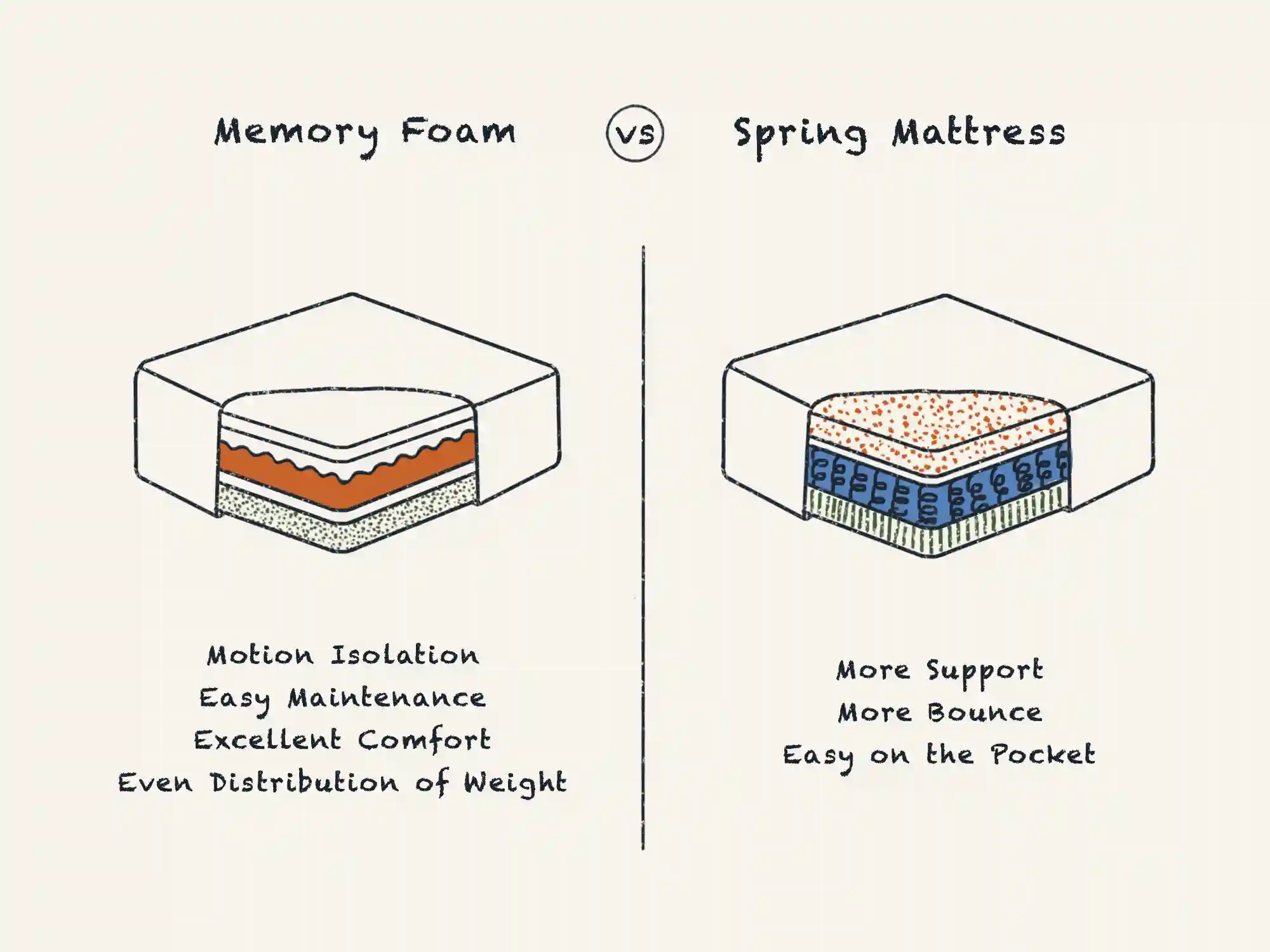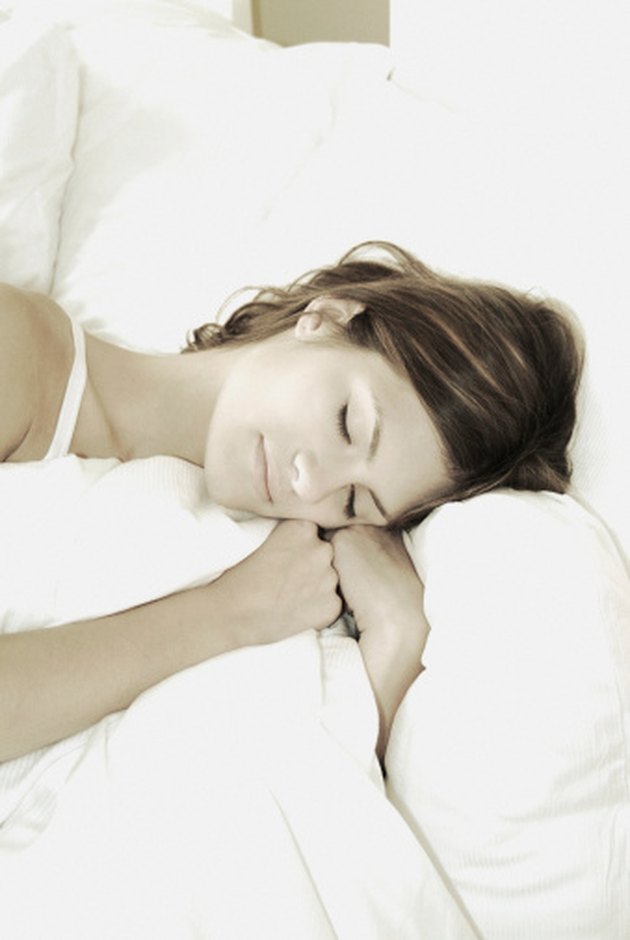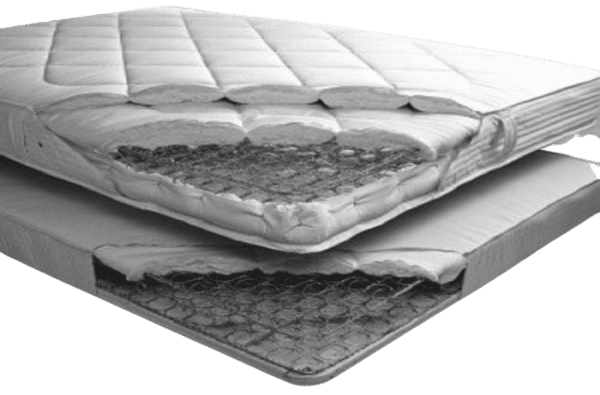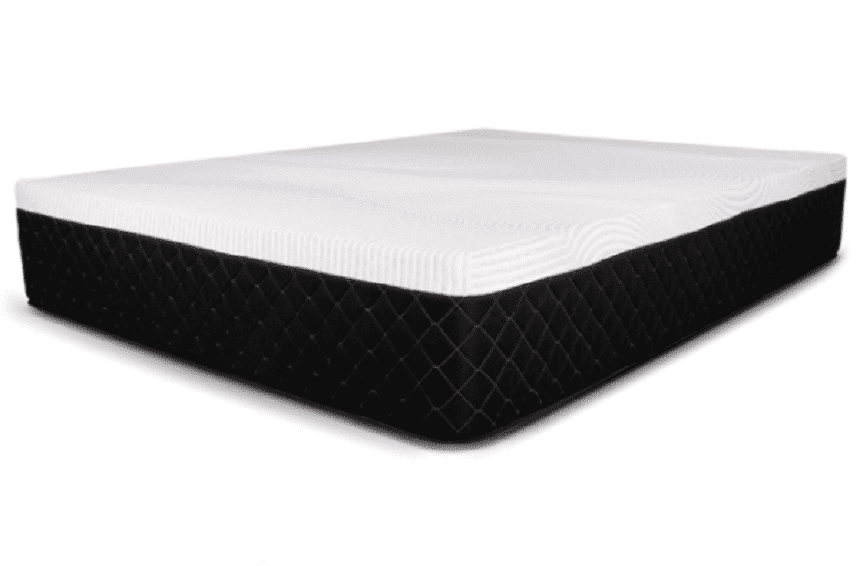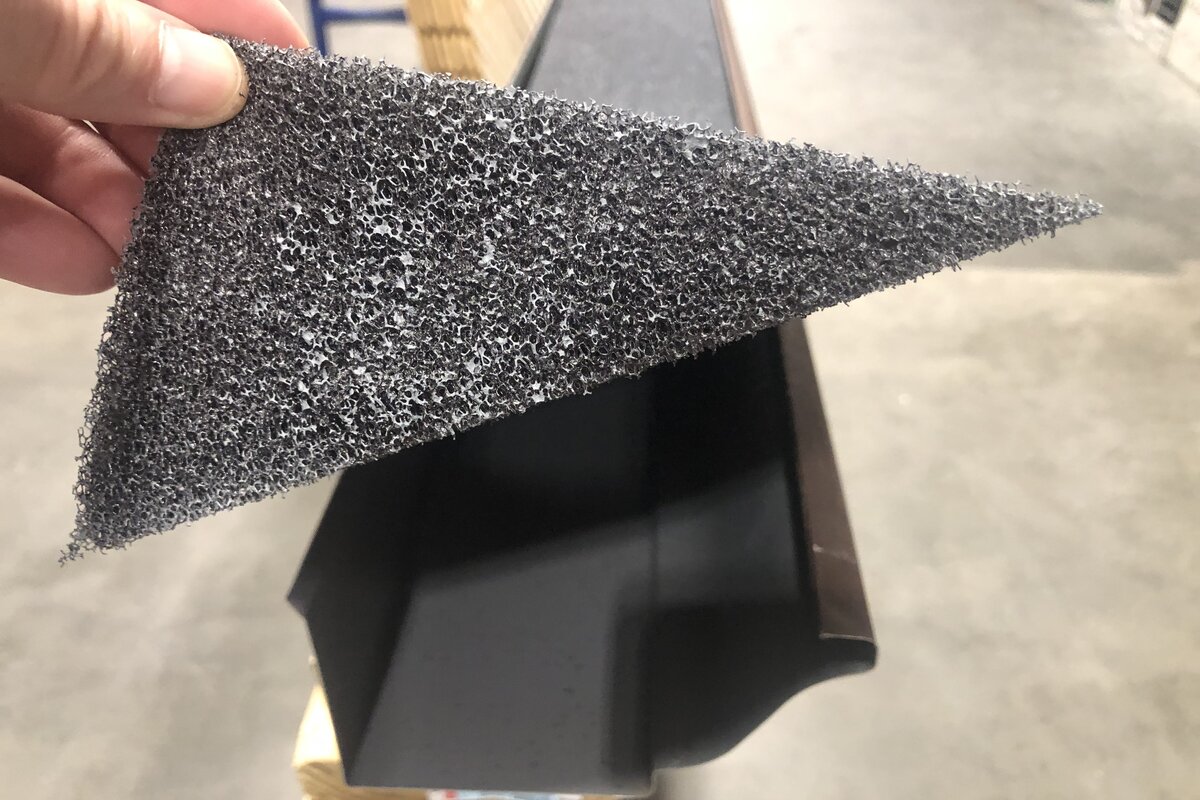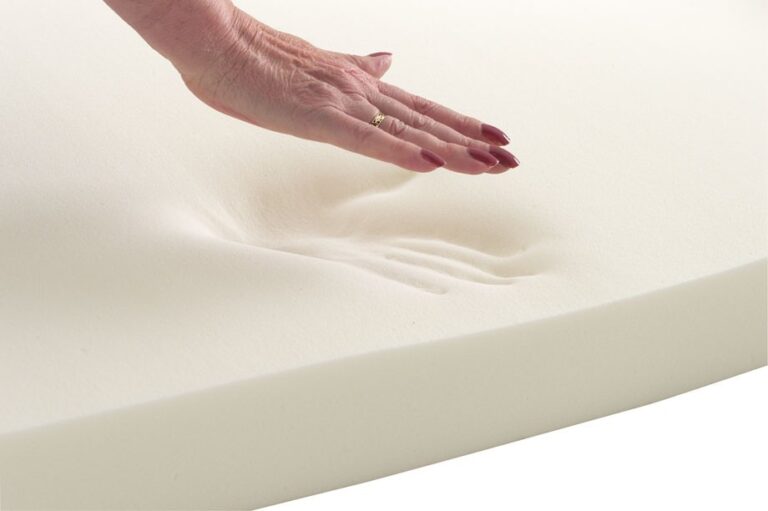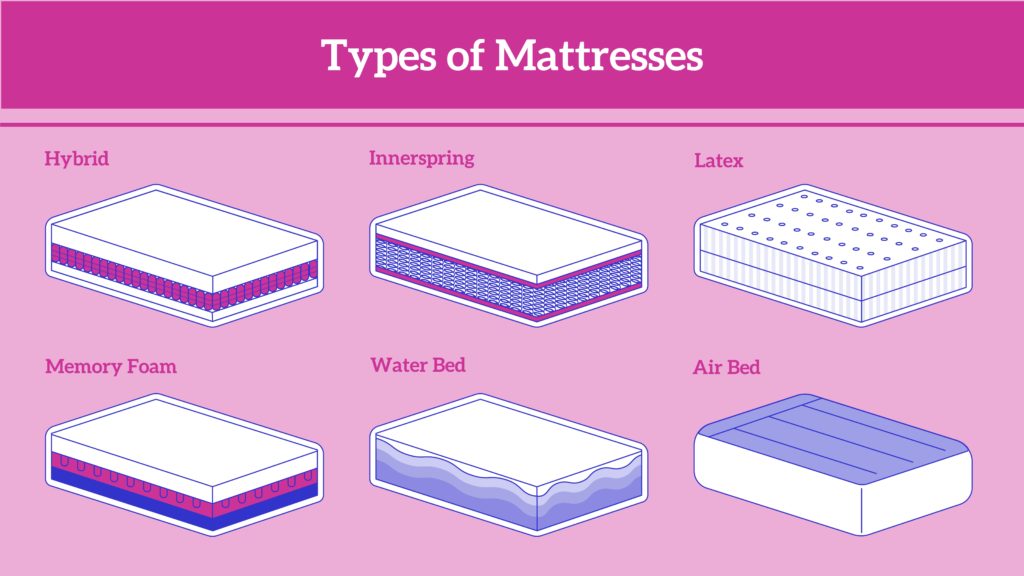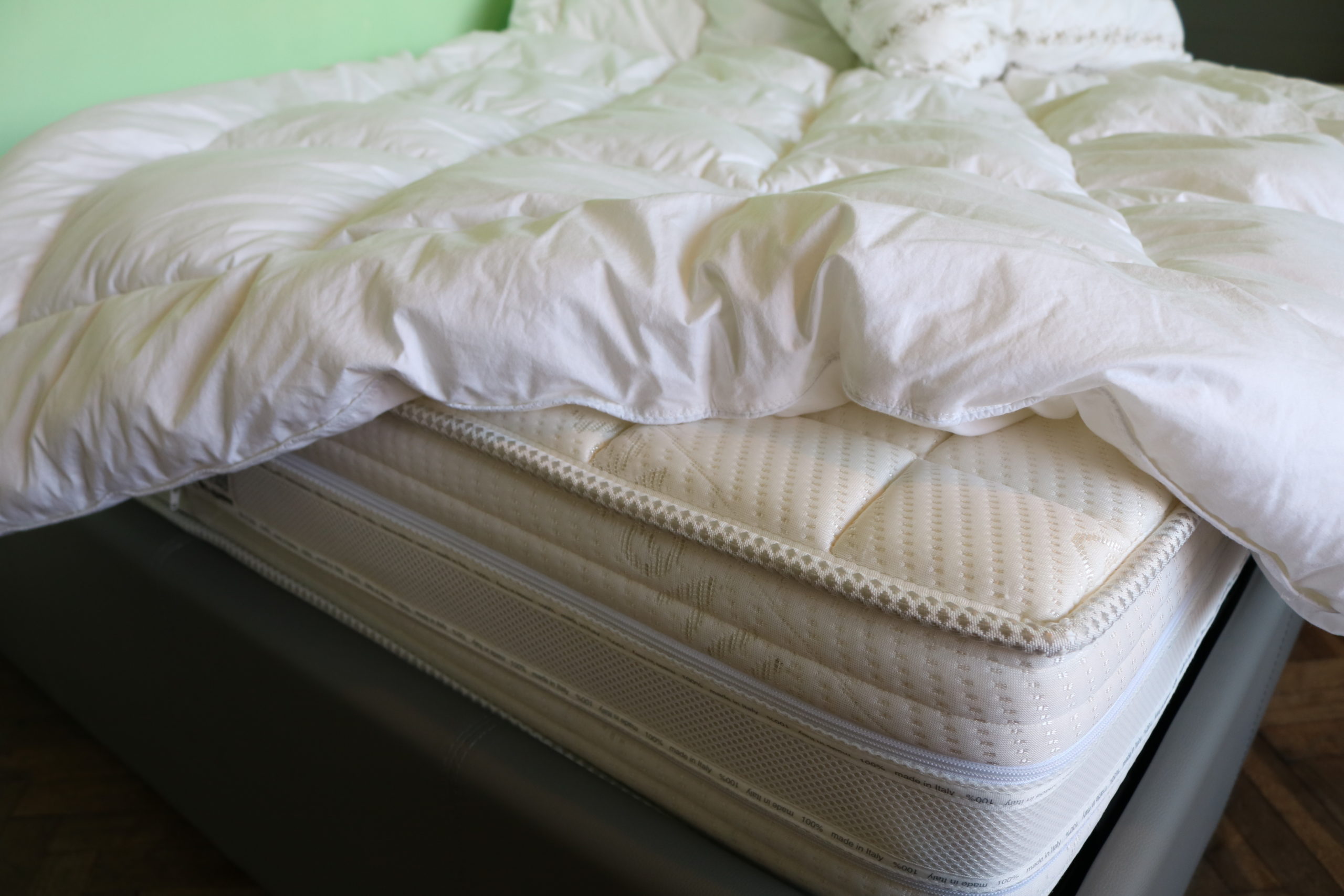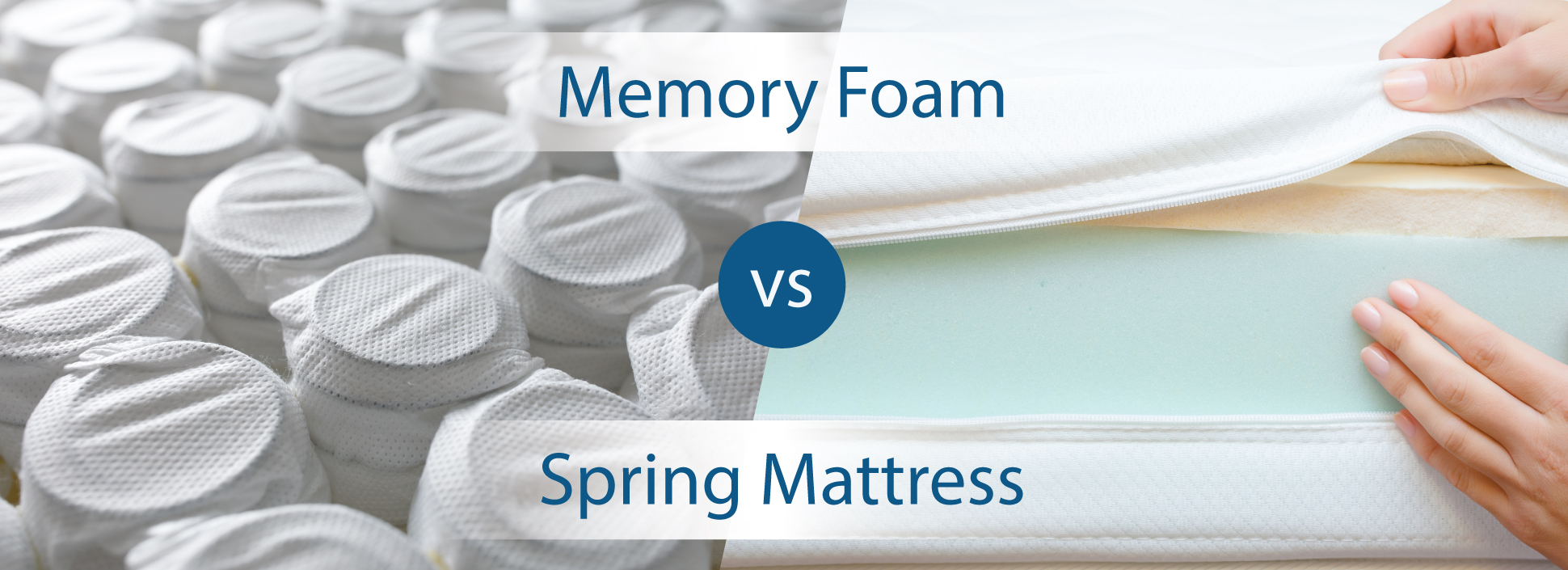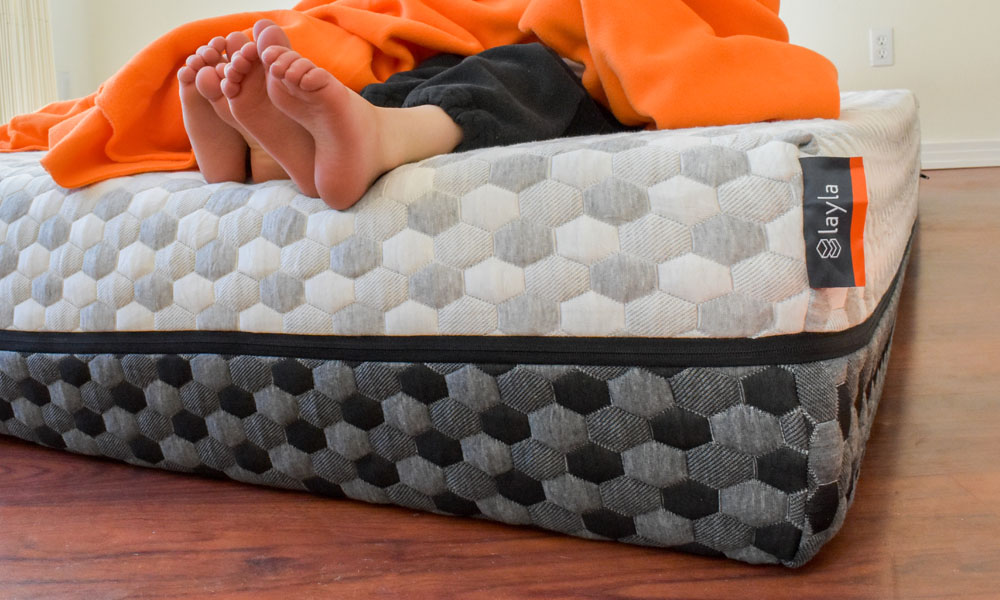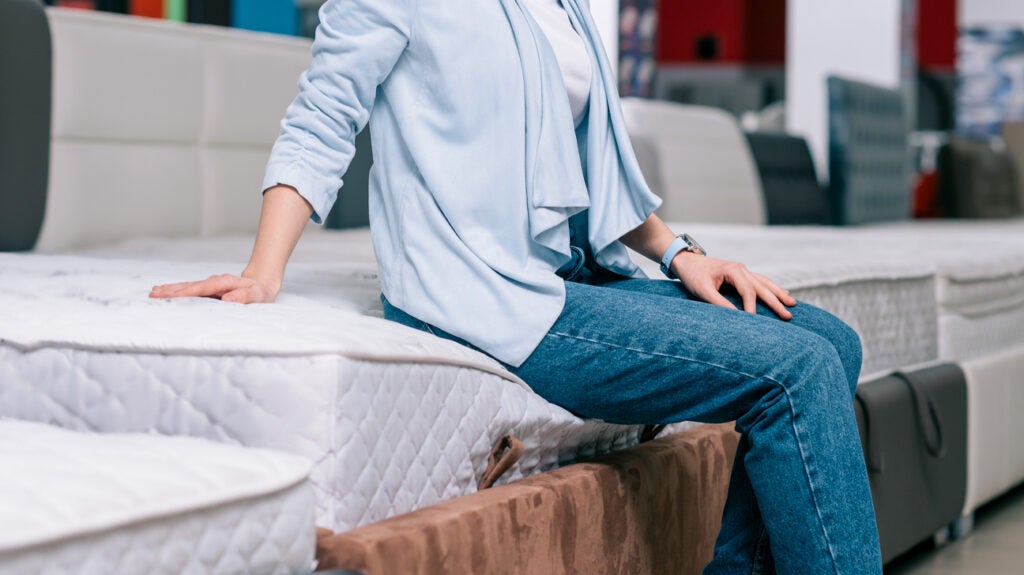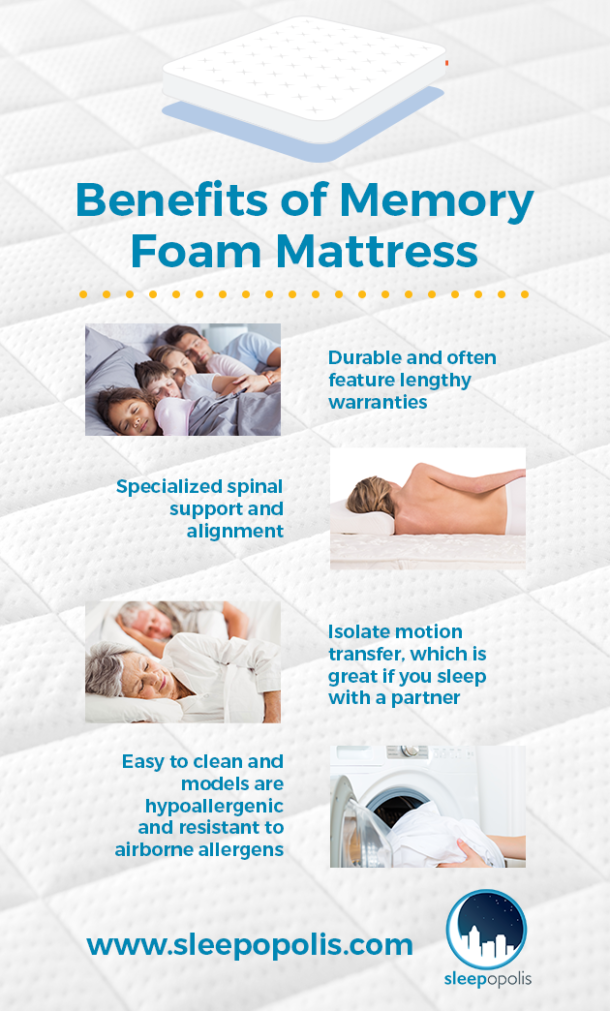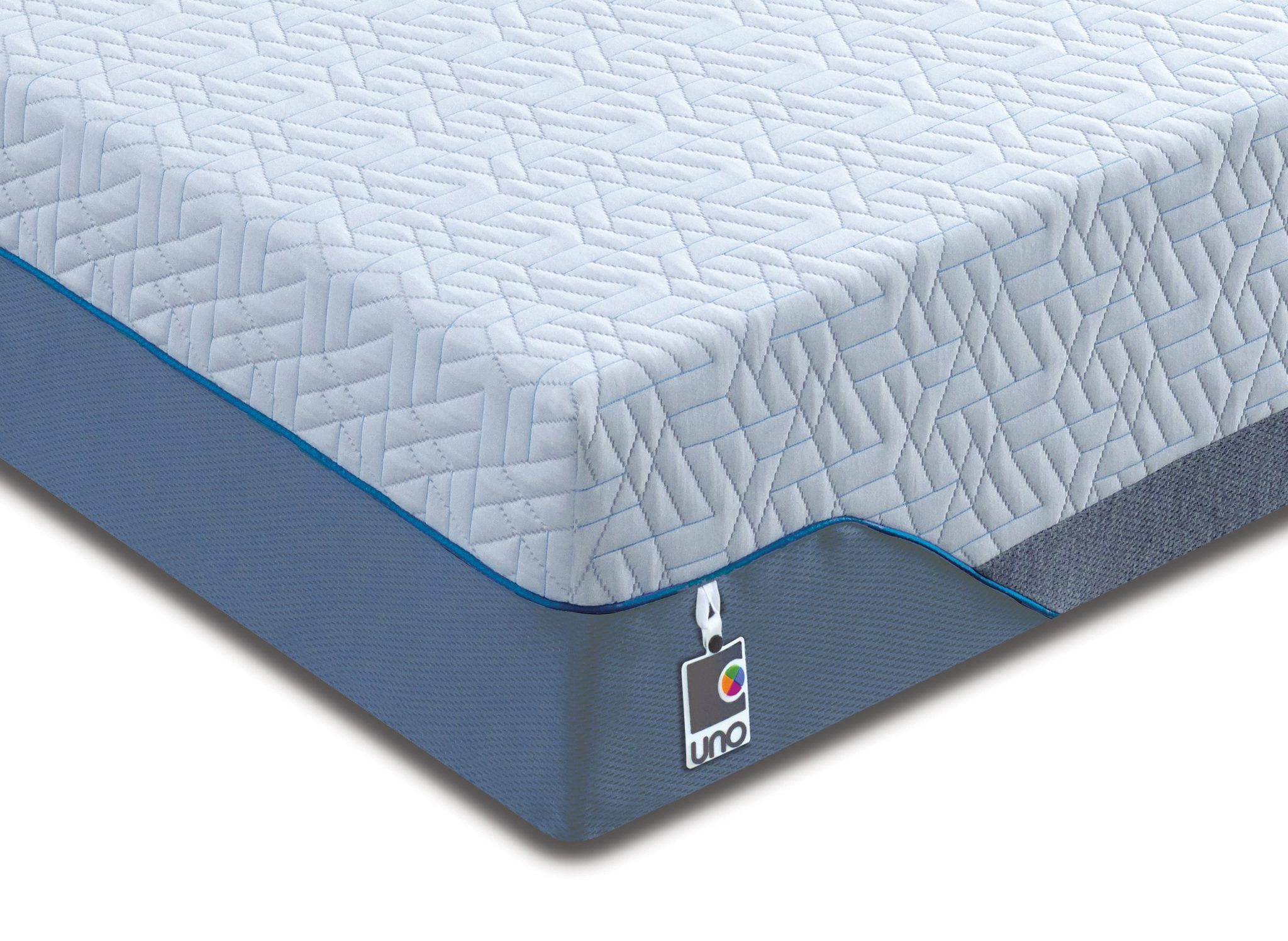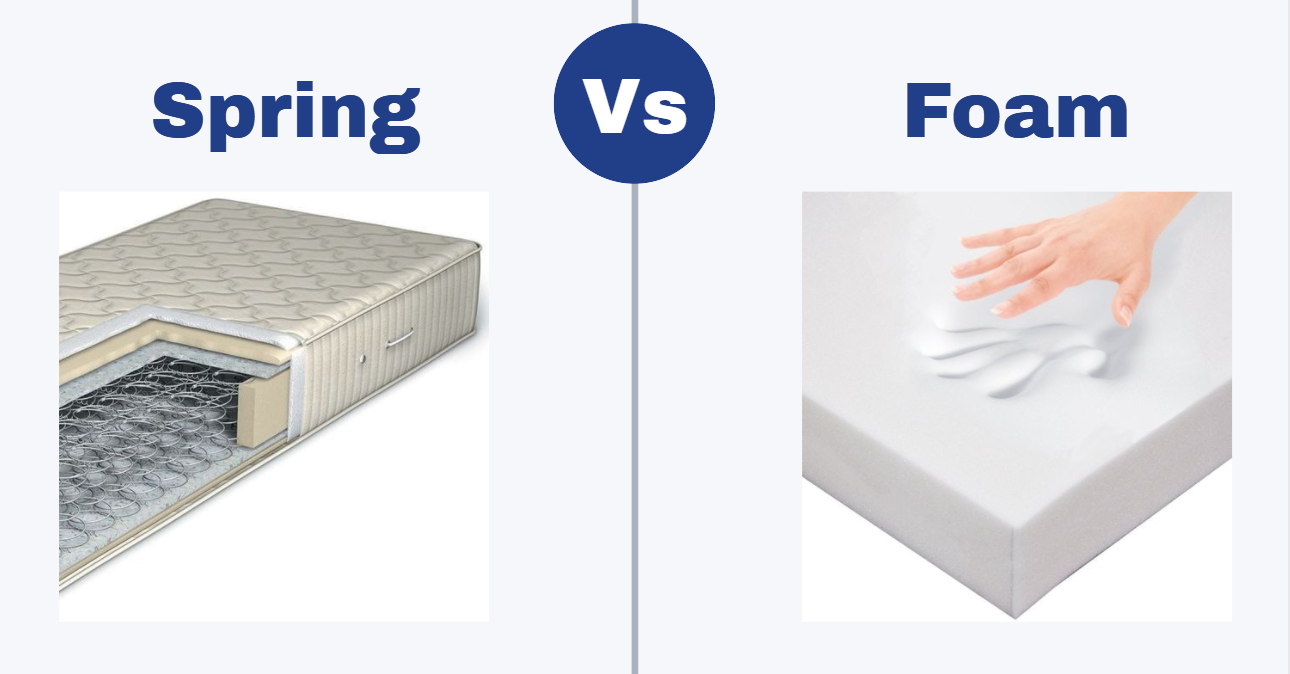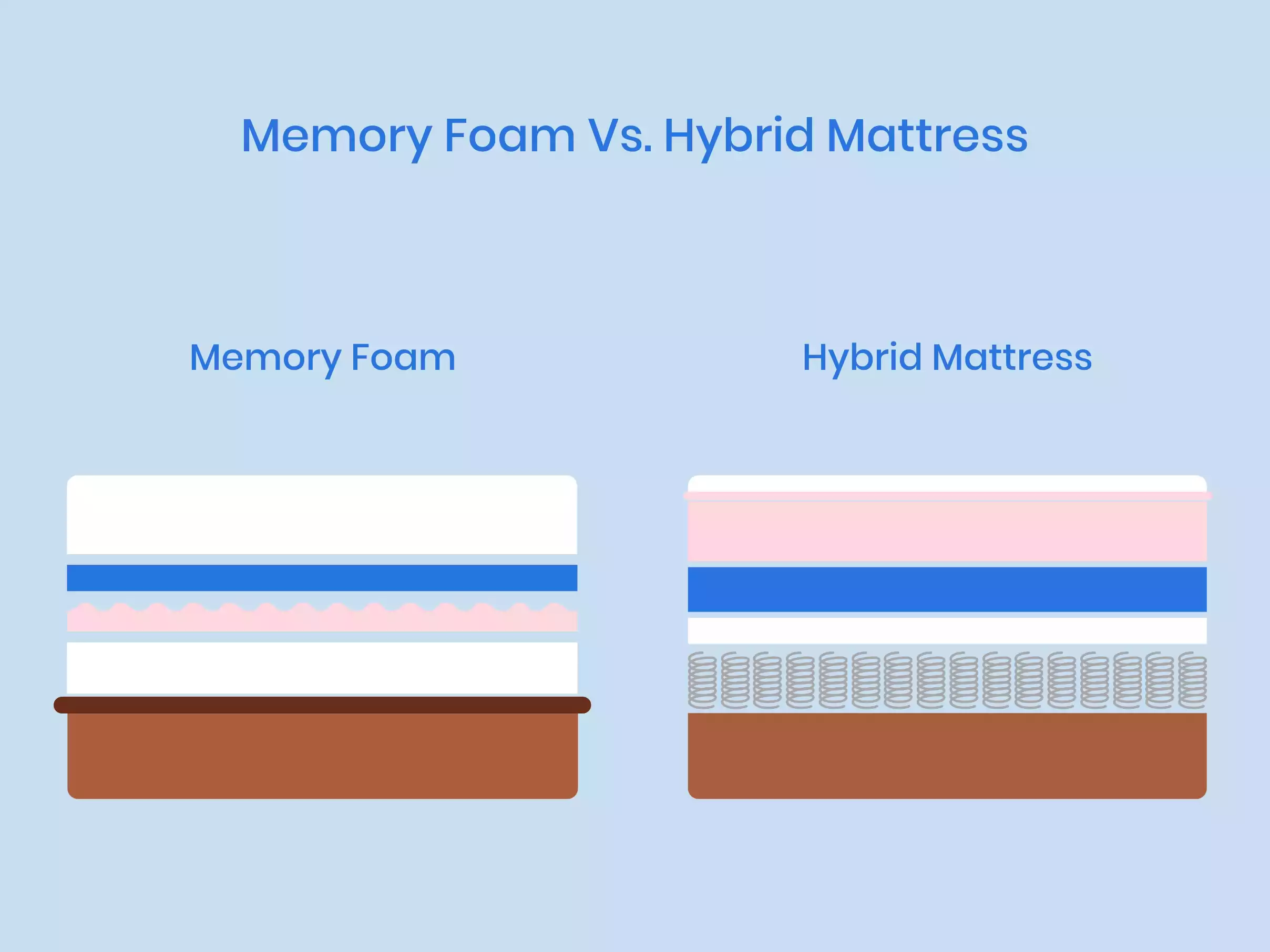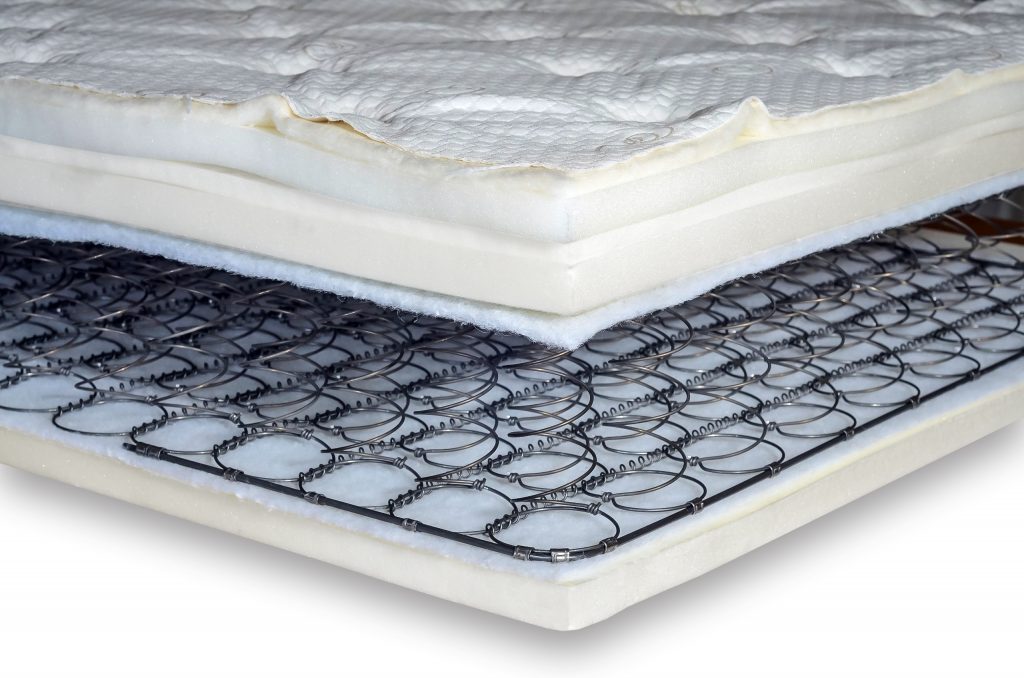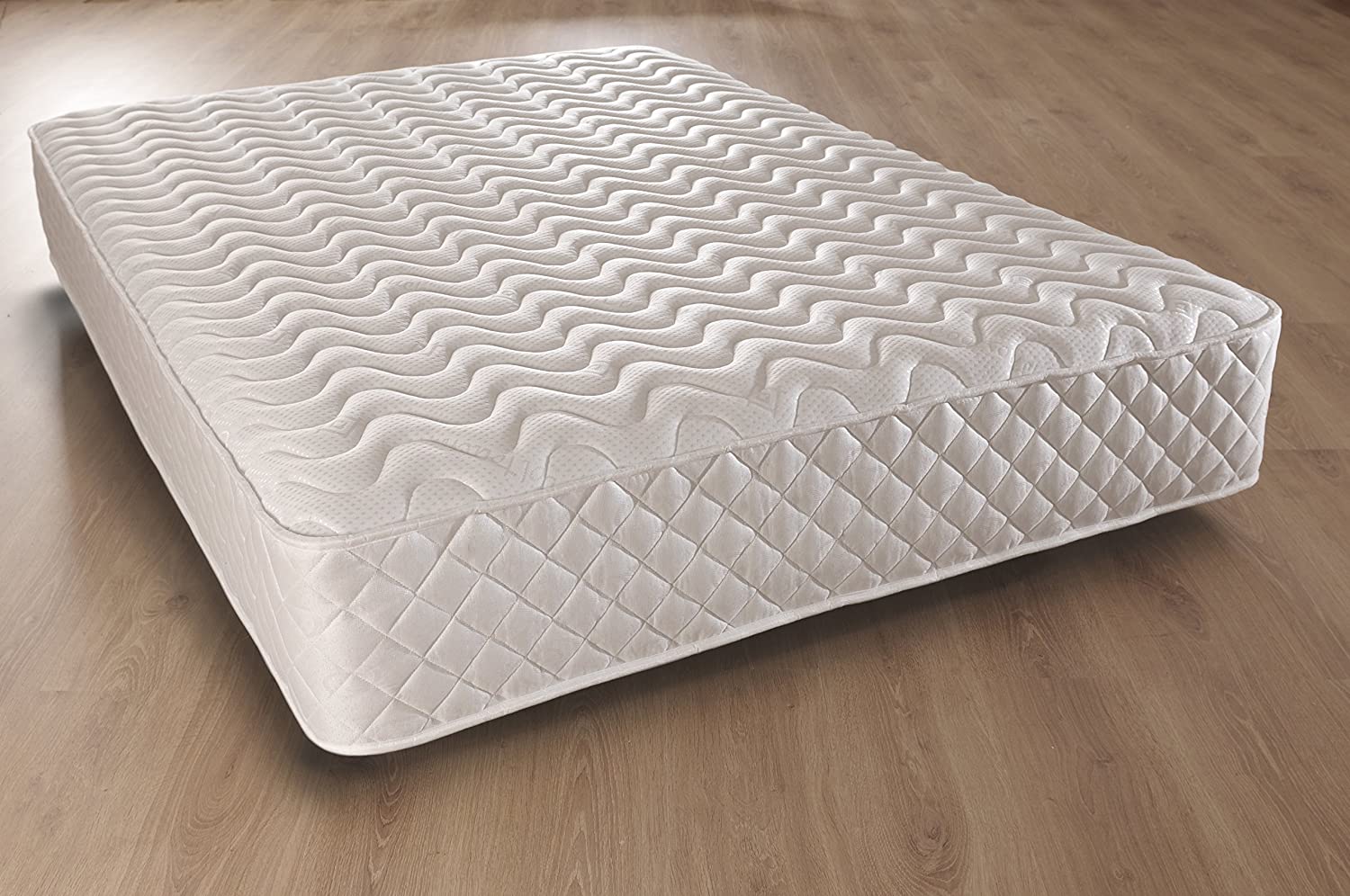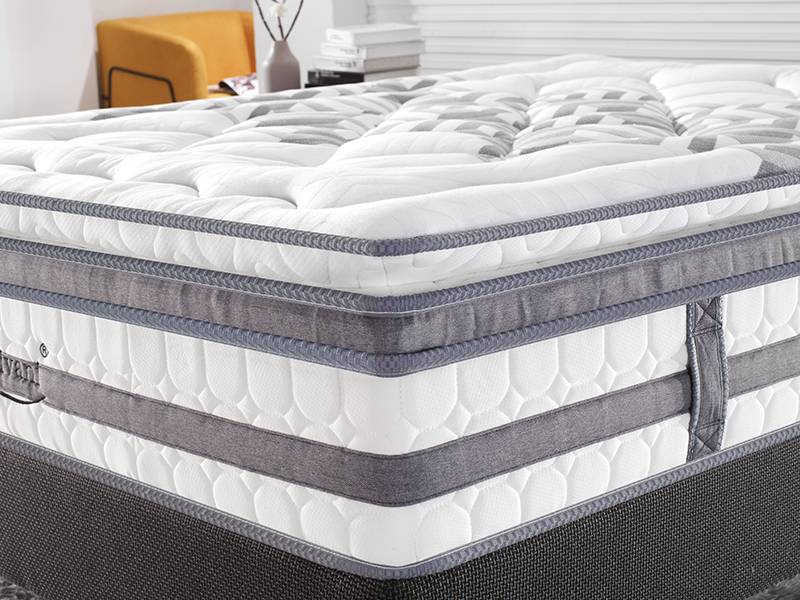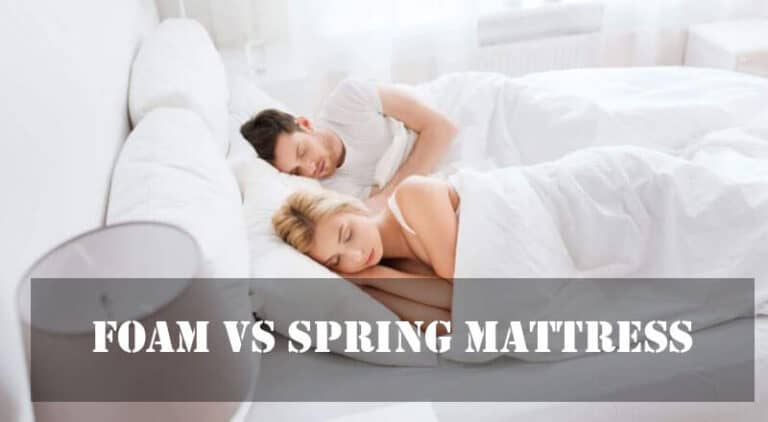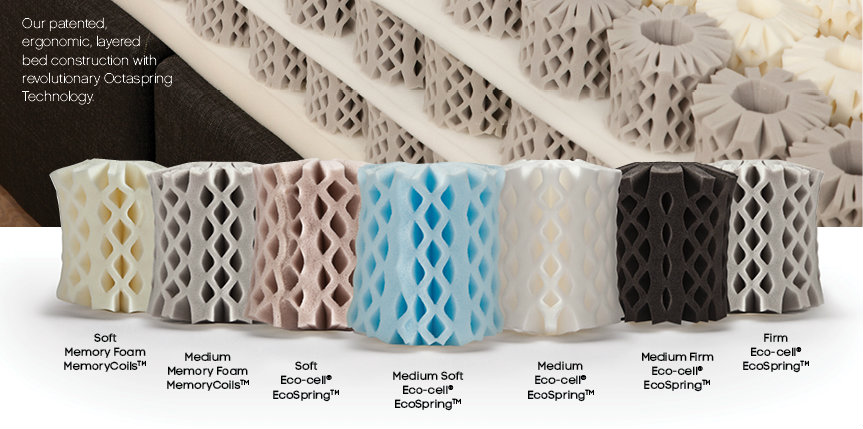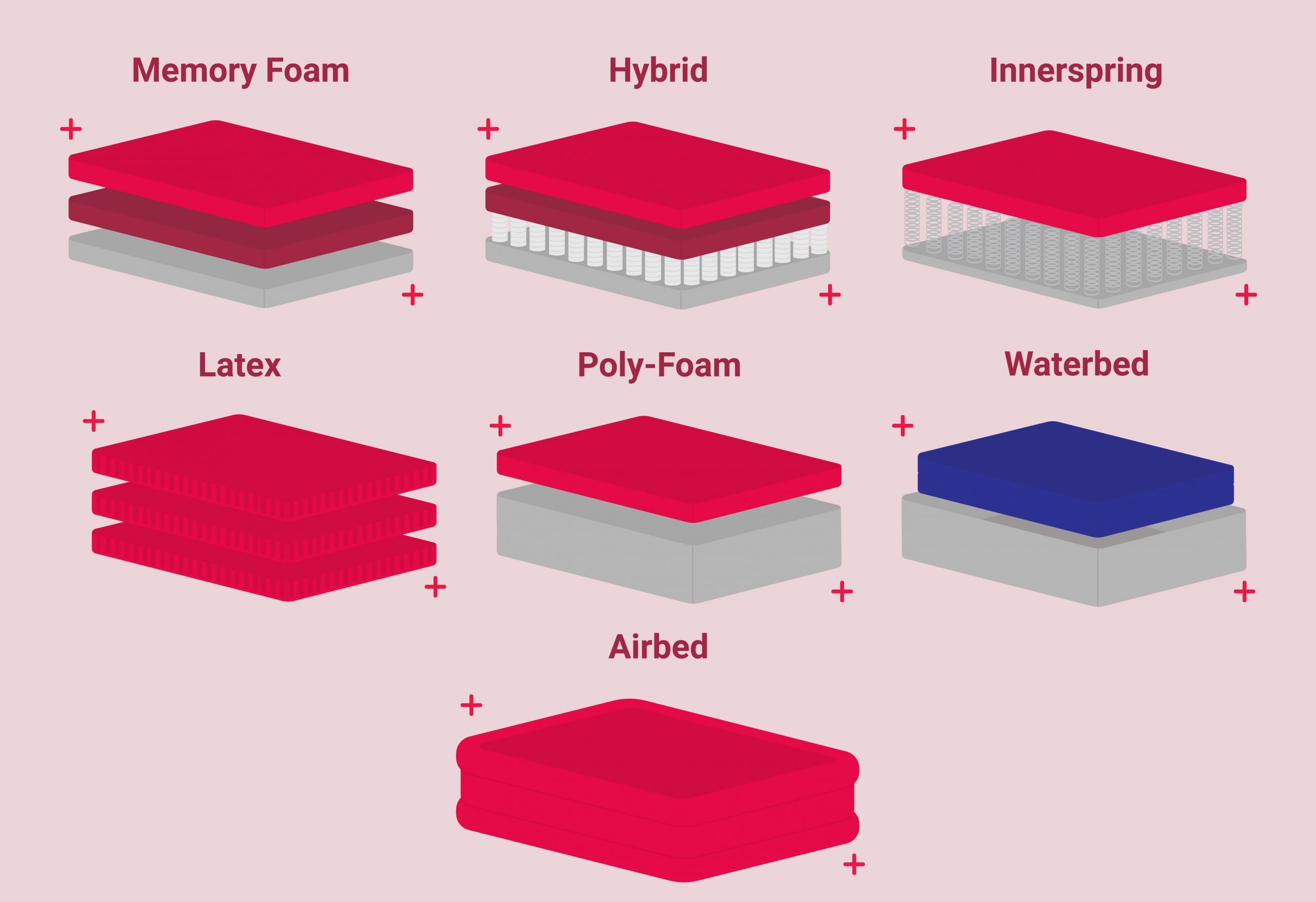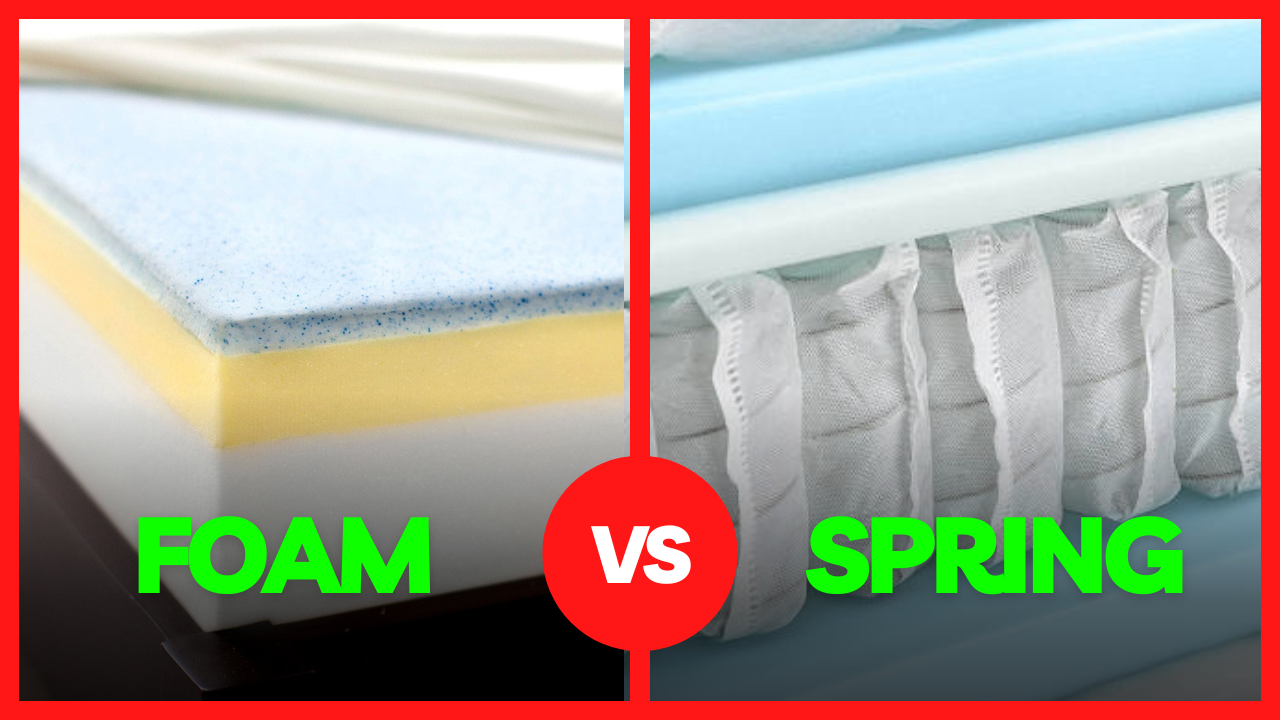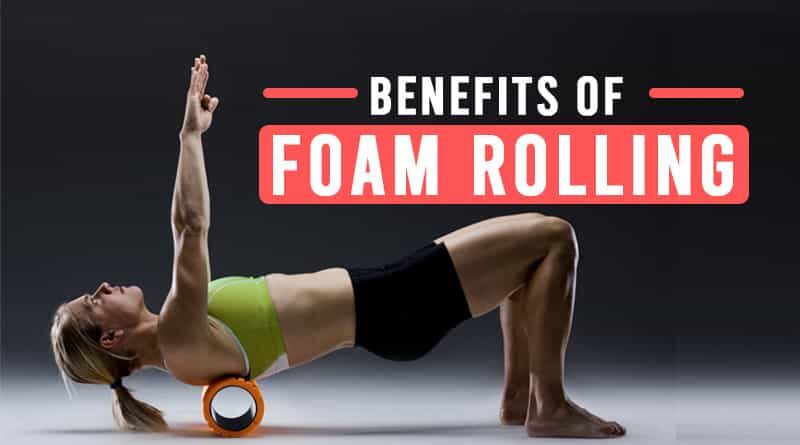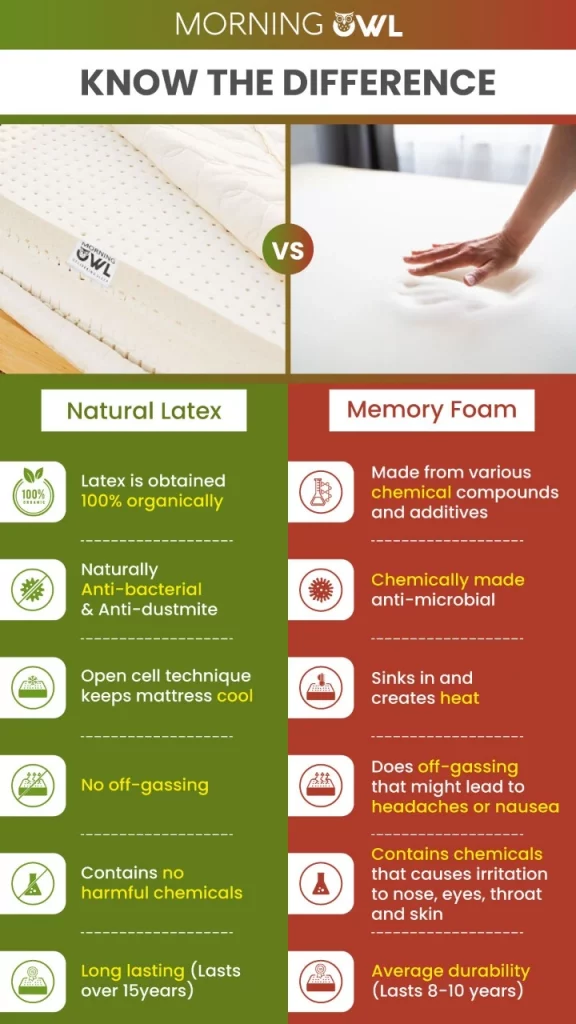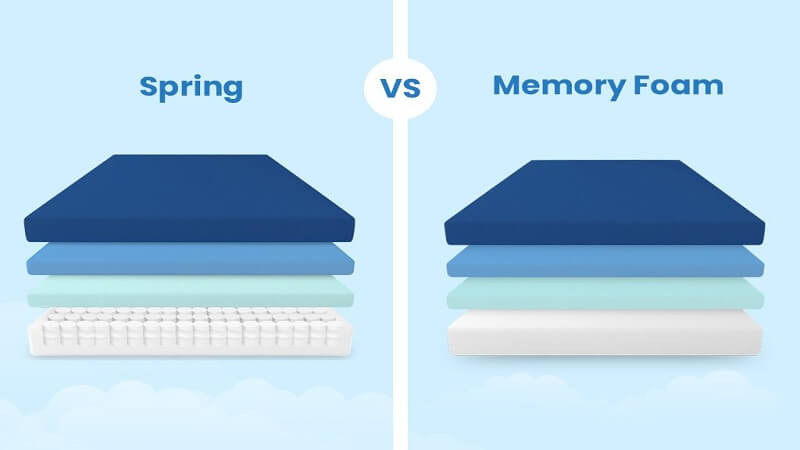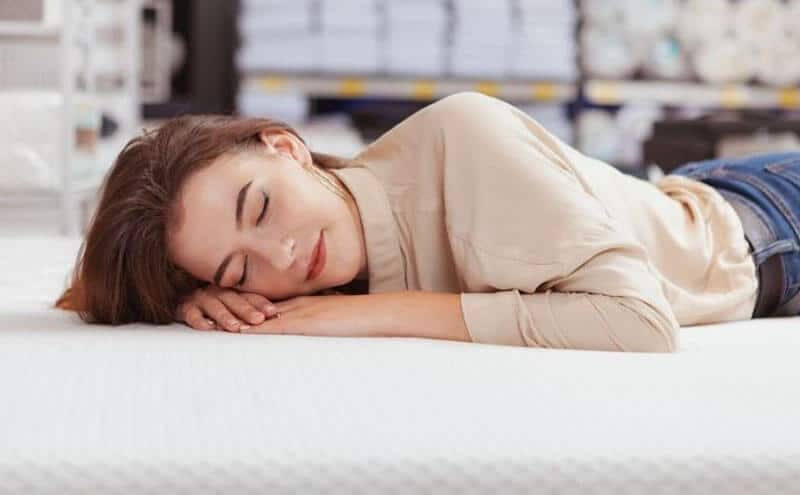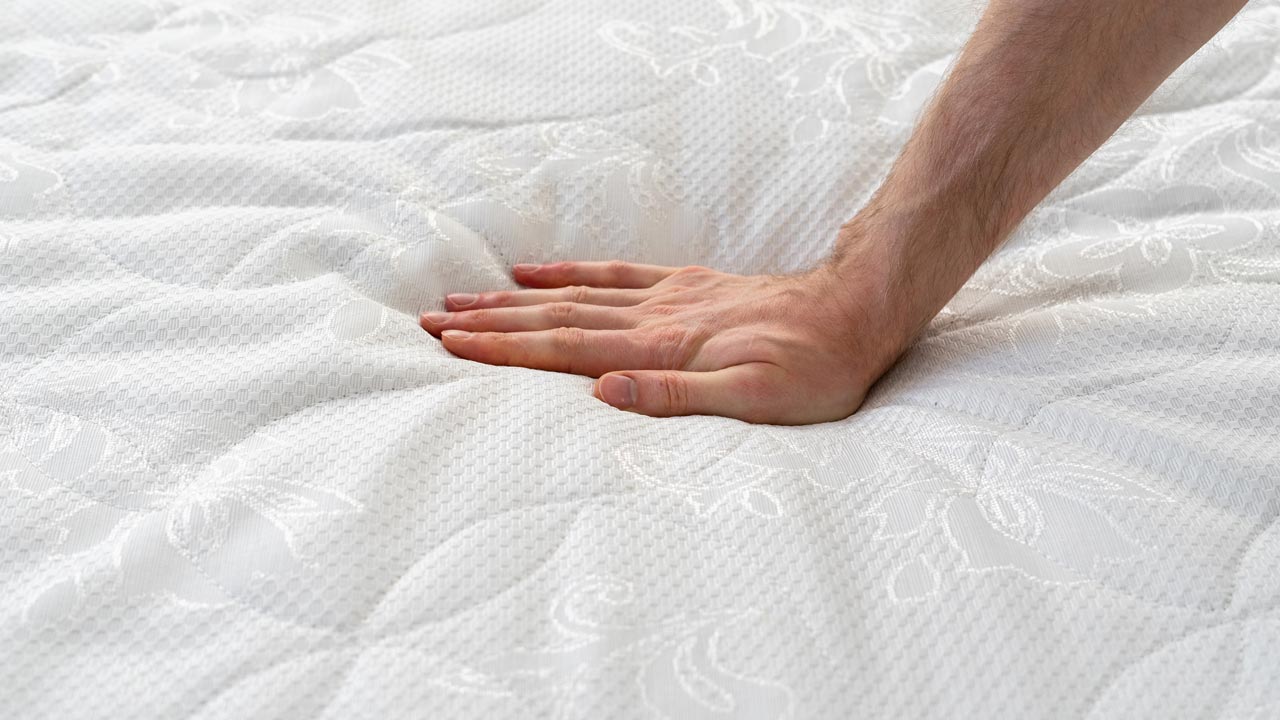Foam vs Spring Mattress: Which One is Better?
When it comes to choosing a new mattress, one of the first things you have to decide is whether you want a foam or spring mattress. While both types of mattresses have their own unique benefits, there are some key differences that may sway your decision. In this article, we will explore the top 10 main differences between ikea foam and spring mattresses to help you make an informed decision.
The Pros and Cons of Foam and Spring Mattresses
Before we dive into the differences, it's important to understand the pros and cons of each type of mattress. Foam mattresses, specifically memory foam, are known for their excellent pressure relief and body contouring abilities. They are also great for motion isolation, making them a good choice for couples. However, some people find foam mattresses to be too hot and lacking in edge support.
On the other hand, spring mattresses offer more bounce and support. They also tend to be more breathable, making them a better choice for hot sleepers. However, they may not provide as much pressure relief and can have issues with motion transfer.
Understanding the Differences Between Foam and Spring Mattresses
One of the main differences between foam and spring mattresses is the materials used in their construction. Foam mattresses are made with layers of foam, usually including memory foam, polyfoam, and/or latex. These materials provide the comfort and support for the sleeper. Spring mattresses, on the other hand, use a system of metal coils to provide support, with layers of foam or padding on top for comfort.
Comparing the Comfort and Support of Foam and Spring Mattresses
When it comes to comfort and support, it really depends on personal preference. Foam mattresses are known for their pressure relief and body contouring abilities, making them a good choice for people with back or joint pain. However, some people may find them too soft or lacking in support. Spring mattresses, on the other hand, provide more bounce and support, but may not offer as much pressure relief.
The Durability and Longevity of Foam and Spring Mattresses
Another important factor to consider is the durability and longevity of the mattress. Foam mattresses tend to last longer than spring mattresses, with an average lifespan of 7-10 years compared to 5-7 years for spring mattresses. This is because foam mattresses are less prone to sagging and wear and tear. However, high-quality spring mattresses can also last for a long time with proper care.
Choosing the Right Mattress: Foam or Spring?
When it comes down to it, the best mattress for you will depend on your specific needs and preferences. If you prioritize pressure relief and motion isolation, a foam mattress may be the better choice. If you prefer more bounce and support, a spring mattress may be the way to go. It's also important to consider factors such as budget and sleep position when making your decision.
Exploring the Construction and Materials of Foam and Spring Mattresses
As mentioned earlier, foam mattresses are made with layers of foam, while spring mattresses use metal coils. However, there are also different types of foam and springs used in these mattresses. Memory foam, for example, is known for its pressure-relieving properties, while polyfoam is more responsive and supportive. In terms of springs, pocketed coils are considered the best for support and motion isolation.
The Cost and Value of Foam and Spring Mattresses
When it comes to cost, foam mattresses tend to be more expensive than spring mattresses. This is due to the higher quality materials used in their construction. However, the value of a mattress is not solely determined by its price. It's important to consider the overall quality and benefits of the mattress in relation to its cost.
The Health Benefits of Foam and Spring Mattresses
Both foam and spring mattresses can offer health benefits. Foam mattresses are known for their pressure relief, which can help alleviate back and joint pain. They are also great for people with allergies, as they are hypoallergenic and resistant to dust mites. Spring mattresses, on the other hand, offer better support for spinal alignment and can help with proper blood circulation.
Customer Reviews: Foam vs Spring Mattresses
Before making a purchase, it's always a good idea to read customer reviews to get an idea of the real-world experiences with a product. When it comes to foam and spring mattresses, there are mixed reviews. Some people swear by their foam mattress, while others prefer the support and bounce of a spring mattress. It's important to consider these reviews, but ultimately, you should go with the mattress that feels most comfortable and supportive to you.
Comparing the Comfort and Support of IKEA Foam and Spring Mattresses

Understanding the Differences
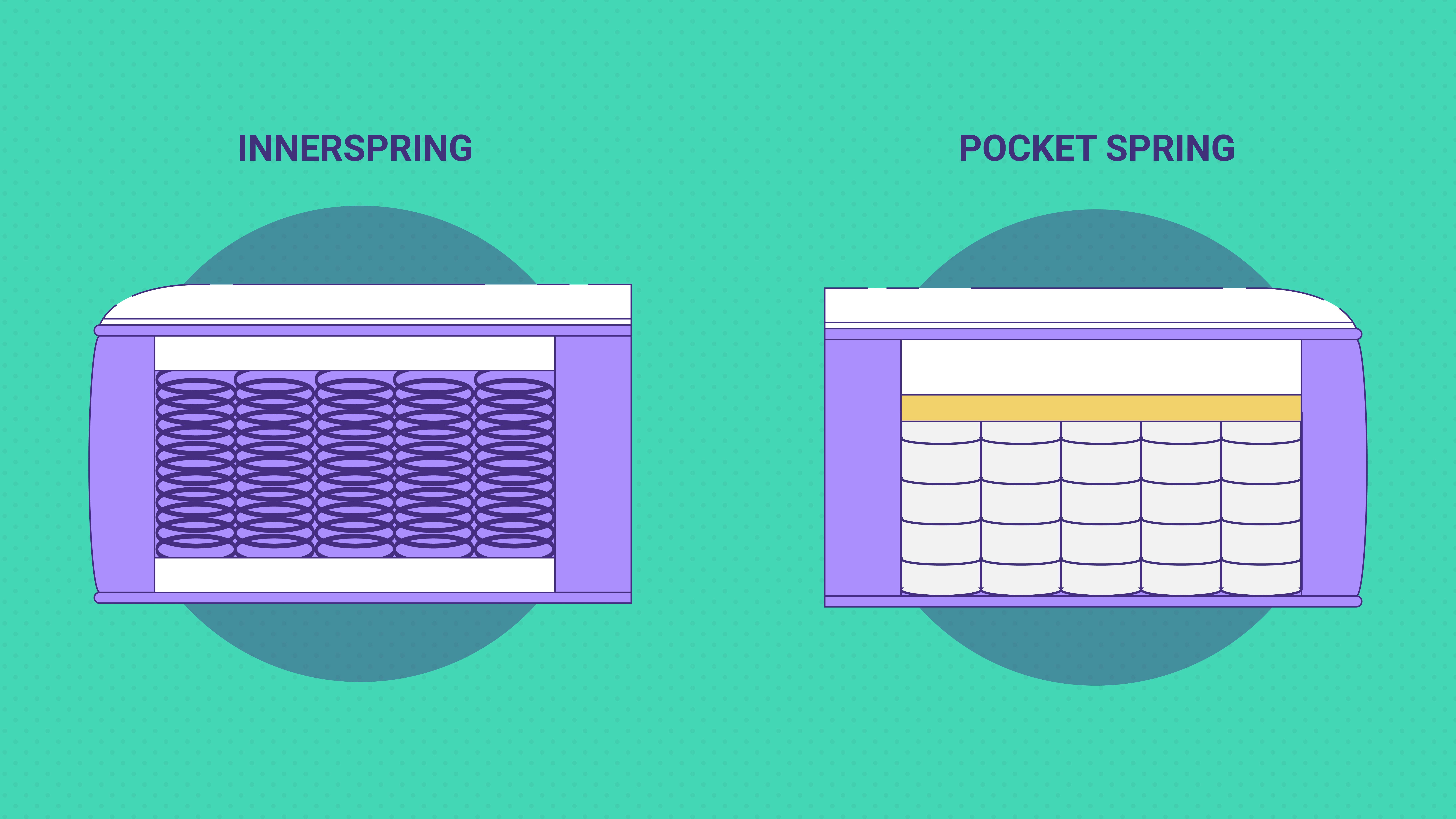 When it comes to choosing a mattress, one of the most important factors to consider is the type of material it is made from. Two popular options are foam and spring mattresses, with each offering unique benefits and features. In this article, we will focus on the main differences between IKEA foam and spring mattresses, helping you make an informed decision on which one is best suited for your sleep needs.
When it comes to choosing a mattress, one of the most important factors to consider is the type of material it is made from. Two popular options are foam and spring mattresses, with each offering unique benefits and features. In this article, we will focus on the main differences between IKEA foam and spring mattresses, helping you make an informed decision on which one is best suited for your sleep needs.
Comfort and Support
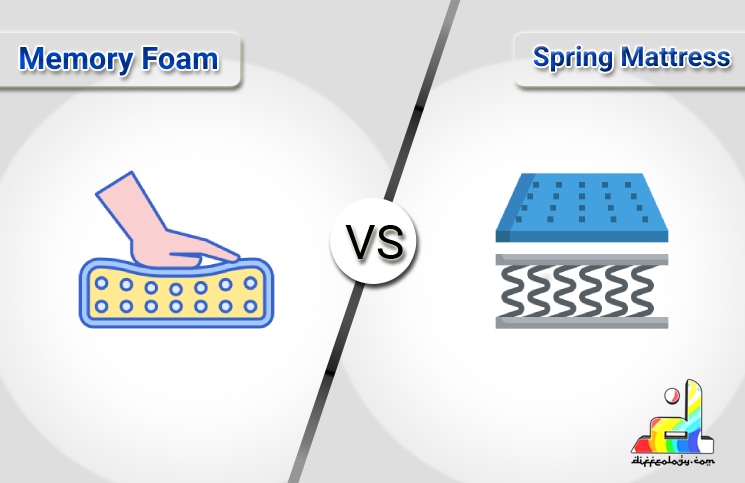 Comfort
is a key factor in determining the quality of a mattress. Foam mattresses, like those offered by IKEA, are known for their soft and plush surface. This is due to the use of memory foam, which conforms to the shape of your body, providing a comfortable and supportive sleep surface. On the other hand, spring mattresses have a bouncy and responsive feel, providing a more traditional and firm sleeping experience.
Support
is another crucial aspect to consider when choosing a mattress. IKEA foam mattresses are designed to evenly distribute body weight, providing excellent support for the entire body and relieving pressure points. This can be especially beneficial for those with back or joint pain. Spring mattresses, on the other hand, offer targeted support as the coils are strategically placed to provide support to specific areas of the body. This can be beneficial for those who have trouble finding the right level of support for their body.
Comfort
is a key factor in determining the quality of a mattress. Foam mattresses, like those offered by IKEA, are known for their soft and plush surface. This is due to the use of memory foam, which conforms to the shape of your body, providing a comfortable and supportive sleep surface. On the other hand, spring mattresses have a bouncy and responsive feel, providing a more traditional and firm sleeping experience.
Support
is another crucial aspect to consider when choosing a mattress. IKEA foam mattresses are designed to evenly distribute body weight, providing excellent support for the entire body and relieving pressure points. This can be especially beneficial for those with back or joint pain. Spring mattresses, on the other hand, offer targeted support as the coils are strategically placed to provide support to specific areas of the body. This can be beneficial for those who have trouble finding the right level of support for their body.
Durability and Maintenance
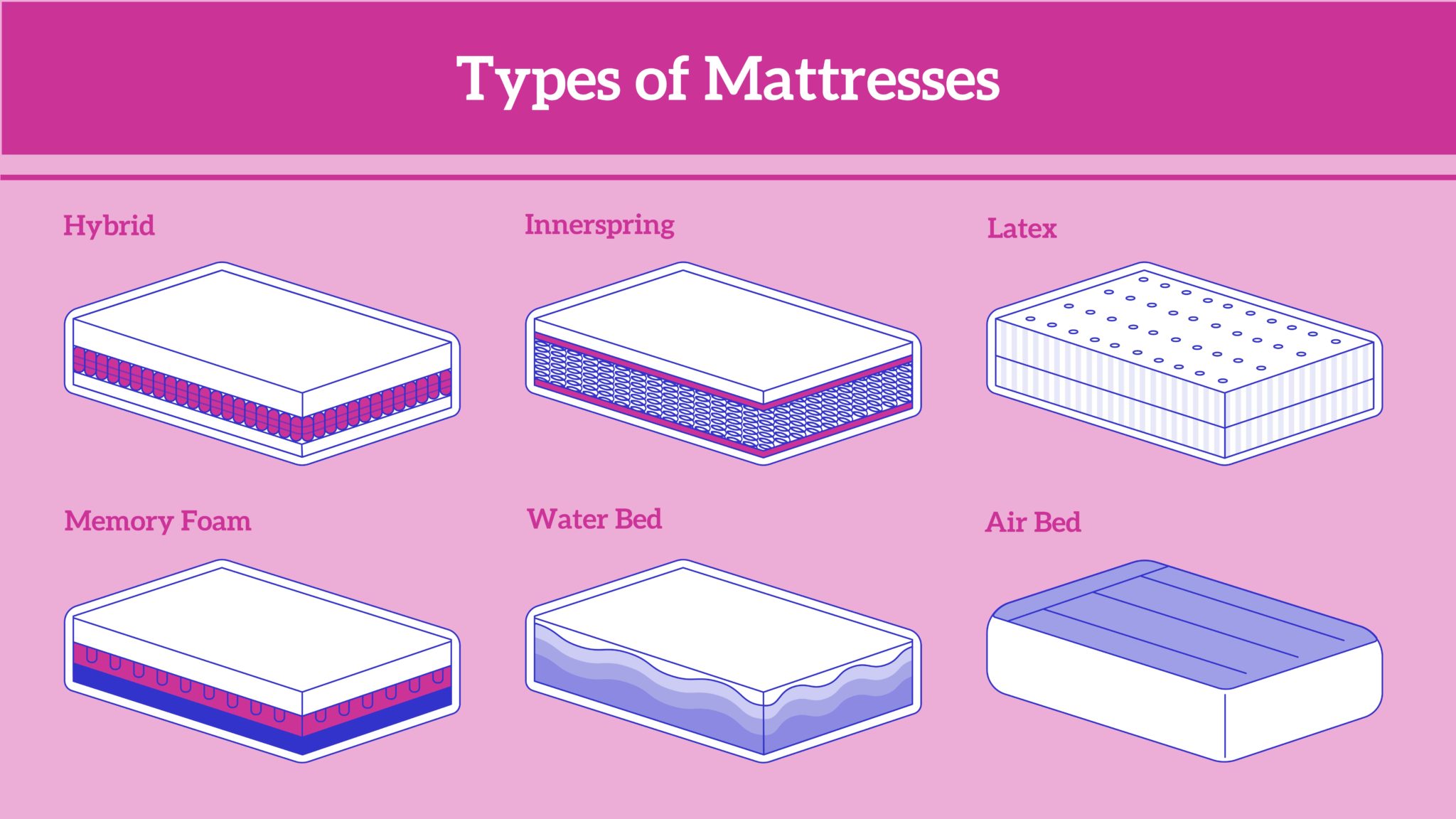 Durability
is an important factor to consider when investing in a mattress. IKEA foam mattresses are made from high-quality materials that are designed to last for many years. The memory foam used is known for its durability and ability to retain its shape, ensuring a comfortable sleep experience for a long time. Spring mattresses, on the other hand, may not last as long as foam mattresses as the coils can weaken and lose their shape over time.
Maintenance
is also a consideration when choosing a mattress. Foam mattresses are typically easier to maintain as they do not require flipping or rotating. However, they may be prone to retaining heat, which can be uncomfortable for some sleepers. Spring mattresses may require flipping and rotating to maintain their shape and support, but they do not retain heat as much as foam mattresses.
Durability
is an important factor to consider when investing in a mattress. IKEA foam mattresses are made from high-quality materials that are designed to last for many years. The memory foam used is known for its durability and ability to retain its shape, ensuring a comfortable sleep experience for a long time. Spring mattresses, on the other hand, may not last as long as foam mattresses as the coils can weaken and lose their shape over time.
Maintenance
is also a consideration when choosing a mattress. Foam mattresses are typically easier to maintain as they do not require flipping or rotating. However, they may be prone to retaining heat, which can be uncomfortable for some sleepers. Spring mattresses may require flipping and rotating to maintain their shape and support, but they do not retain heat as much as foam mattresses.
The Final Verdict
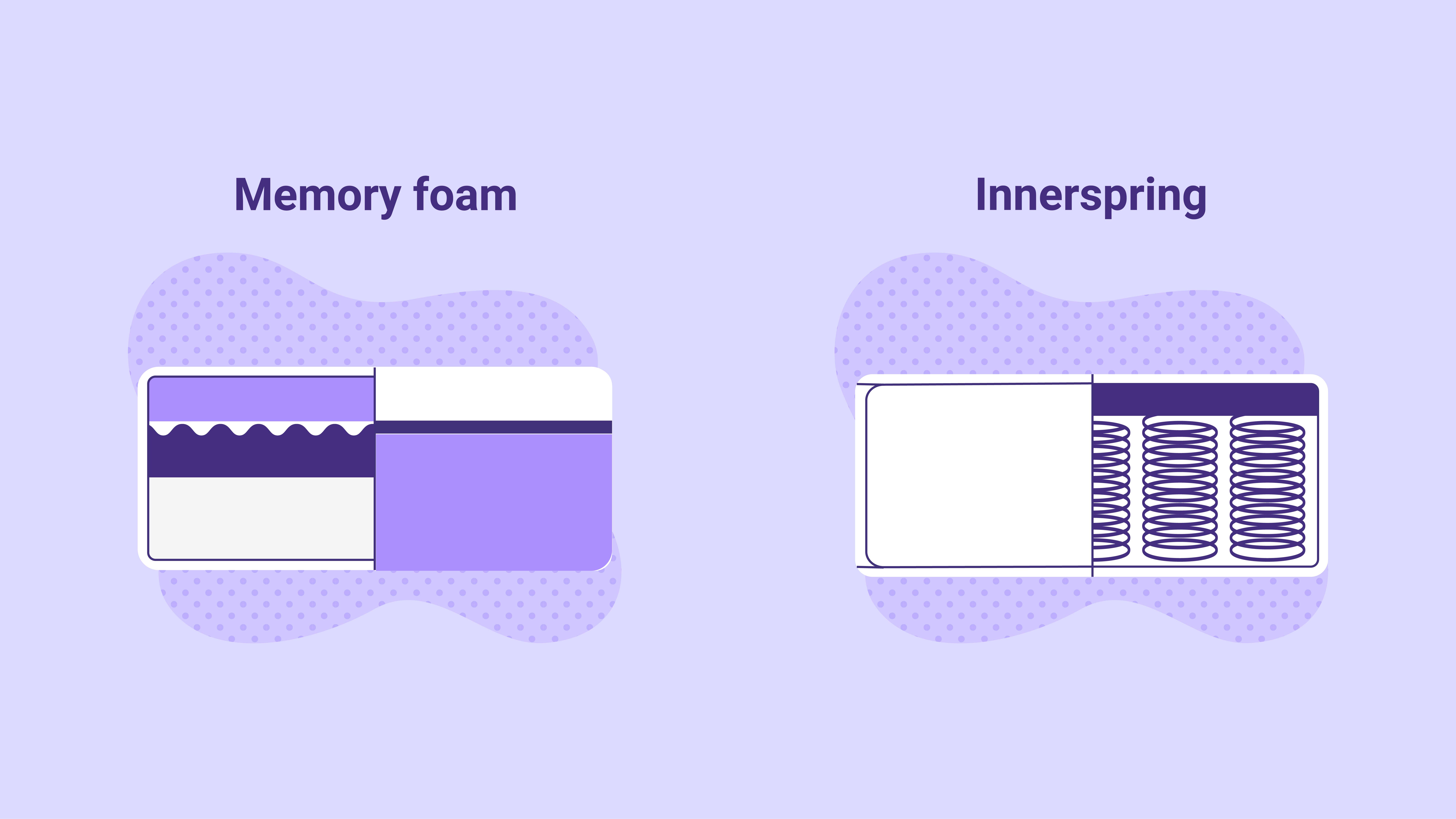 In conclusion, both IKEA foam and spring mattresses have their own unique benefits and features. Foam mattresses offer a soft and comfortable sleeping surface with even weight distribution and excellent support for the body. Spring mattresses provide a more traditional and firm feel, with targeted support for specific areas of the body. Ultimately, the best choice will depend on your personal preferences and sleep needs. Be sure to try out both options and choose the one that provides the most comfortable and supportive sleep experience for you.
In conclusion, both IKEA foam and spring mattresses have their own unique benefits and features. Foam mattresses offer a soft and comfortable sleeping surface with even weight distribution and excellent support for the body. Spring mattresses provide a more traditional and firm feel, with targeted support for specific areas of the body. Ultimately, the best choice will depend on your personal preferences and sleep needs. Be sure to try out both options and choose the one that provides the most comfortable and supportive sleep experience for you.



